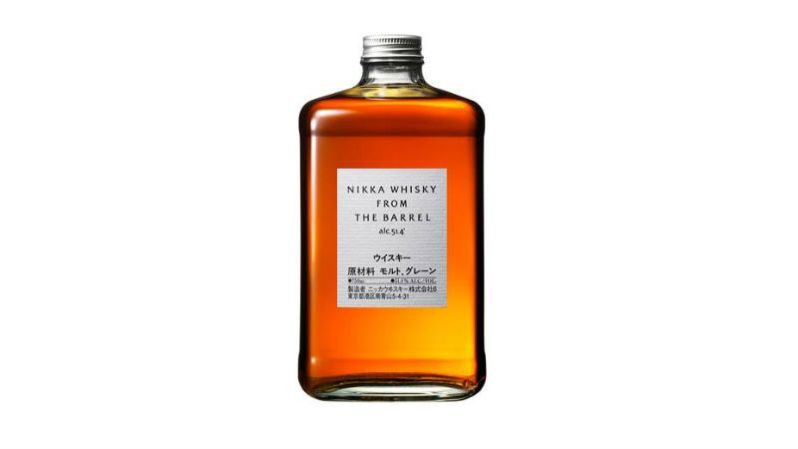
Nikka is to Japanese whisky what Derek Jeter is to baseball and Scandinavia is to architecture. In other words, the GOAT, or close enough. (I’ll fight to defend both of these statements.) Starting in August, the coveted Japanese whisky expression, Nikka From the Barrel, will be available nationwide in the U.S. for the first time.
Are you losing your mind? Because we are.
First introduced in Japan in 1986, Nikka From the Barrel developed a cult-like status in the world of Japanese whiskies Standing as one of the most enjoyed expressions by Nikka. Any aficionado who travels to Japan knows not to come home without at least three bottles.
(Need a refresher on Japanese whisky? Check out a history of the style here.)

The Japanese whisky house teamed with U.S. importer Hotaling & Co. to bring the blended, 51.4 percent ABV whisky in its iconic square bottle (designed to reflect “a small block of whisky”) westward, at roughly $65 per 750ml.
Nikka From the Barrel blends more than 100 different batches of malt and grain whiskey produced at Yoichi and Miyagikyoand “is the best-selling expression outside of Japan,” says Hotaling & Co. president and CEO, Dennis Carr. “We are thrilled to bring this beloved whisky to the U.S. and look forward to seeing the cocktail creativity it inspires in bartenders across the country.”
So, what makes Nikka From the Barrel so special?
Its extreme complexity, full flavors, and richness that come from the aforementioned blend. This super-hybrid batch is then aged in multiple types of ex-bourbon barrels and puncheons, as well as ex-sherry butts.
You might be thinking the wide array of flavor compounds makes for a confusing end product, but the high proof of Nikka From the Barrel helps merge the tastes. Nikka also makes sure to add three to six months of additional aging in the cellar to ensure a perfect marriage of flavors within the liquid.
So … if we’re AWOL on August 1, you know where we’ll be.


